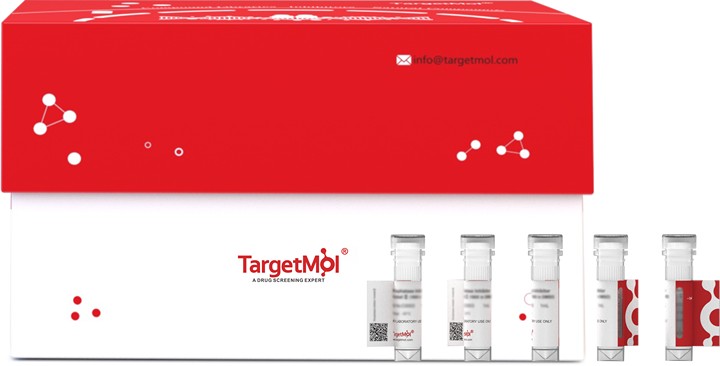购物车
- 全部删除
 您的购物车当前为空
您的购物车当前为空

CXCR5 Protein-VLP, Human, Recombinant (Flag & His-Strep) is expressed in HEK293 Cells. The accession number is P32302.

| 规格 | 价格 | 库存 | 数量 |
|---|---|---|---|
| 20 μg | ¥ 6,390 | 期货 | |
| 100 μg | ¥ 13,300 | 期货 | |
| 500 μg | ¥ 47,300 | 期货 |
| 生物活性 | Immobilized CXCR5 Protein-VLP, Human, Recombinant (Flag & His-Strep) (Cat#TMPY-07151) at 5 μg/mL (100 μL/well) can bind Anti- CXCR5 Monoclonal Antibody, Human IgG1, the EC50 is 1-5 ng/mL. |
| 产品描述 | CXCR5 Protein-VLP, Human, Recombinant (Flag & His-Strep) is expressed in HEK293 Cells. The accession number is P32302. |
| 种属 | Human |
| 表达系统 | HEK293 Cells |
| 标签 | N-Flag, C-His-Strep |
| 蛋白编号 | P32302 |
| 别名 | MDR15,CD185,BLR1 |
| 蛋白构建 | A DNA sequence encoding the Human CXCR5 (P32302) (Met1-Phe372) was expressed, with a Flag tag at the N-terminus, a polyhistidine tag and a strep tag at the C-terminus. |
| 分子量 | 45.84 kDa (predicted) |
| 内毒素 | < 1.0 EU per μg of the protein as determined by the LAL method |
| 缓冲液 | Supplied as sterile 50 mM Hepes, 150 mM NaCl, 10% Trehalose, pH 7.2. Please contact us for any concerns or special requirements. Please refer to the specific buffer information in the hardcopy of datasheet or the lot-specific COA. |
| 存储 | Samples are stable for up to twelve months from date of receipt at -70℃. Store it under sterile conditions at -70℃ or lower. It is recommended that the protein be aliquoted for optimal storage. Avoid repeated freeze-thaw cycles. |
| 运输方式 | It is supplied and shipped as liquid with dry ice. |
| 研究背景 | Because of the level of attention it received due to its role as the principal HIV coreceptor, CCR5 has been described as a 'celebrity' chemokine receptor. The wealth of CCR5-related tools that have been developed during the intensive investigation of CCR5 as an HIV drug target can now be turned towards the study of CCR5 as a model chemokine receptor. The enforced expression of CXCR5 onto Treg cells efficiently induces Tfr cell-like properties, which might be a promising cellular therapeutic approach for the treatment of antibody-mediated autoimmune diseases. The Chemokine receptor 5 (CCR5) is implicated in immune cell migration and cytokine release in the CNS, and it was demonstrated to strongly contribute to CNS inflammation and damage in several models of sterile and pathogen-mediated CNS diseases. |